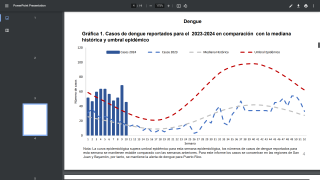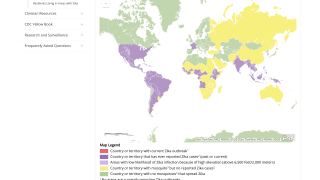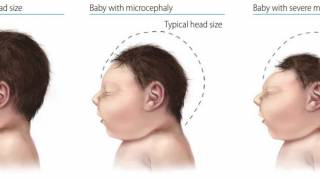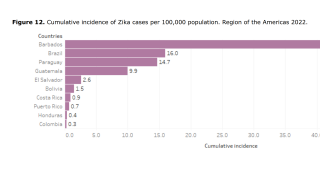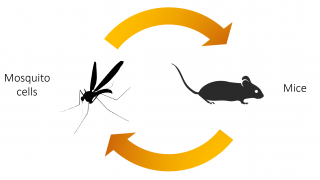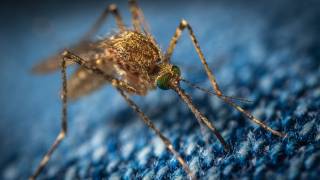Zika Virus Damages Babies' Brains After Birth

Babies exposed to the Zika virus in the womb can look normal at birth, but may later show signs of microcephaly and other brain abnormalities, researchers from the Centers for Disease Control and Prevention (CDC) reported.
These researchers found 13 babies in Brazil who were exposed to the mosquito-borne Zika virus during their gestation phase and had normal head size as newborns.
Following birth, these babies experienced slower head growth than normal.
"Among infants of mothers exposed to Zika virus during pregnancy, the absence of microcephaly at birth does not rule out congenital Zika virus infection or the presence of Zika-related brain abnormalities," according to a news release from the CDC.
Congenital microcephaly has been a hallmark of intrauterine infection with Zika virus.
However, despite the absence of microcephaly at birth, the 13 infants in this report with laboratory evidence of Zika virus infection had brain abnormalities associated with congenital Zika syndrome.
There is not a Zika virus vaccine available today.
The findings from the U.S. and Brazilian research team underscore the need for continuing evaluation of newborns with possible Zika exposure during pregnancy, the CDC release said.
The findings also highlight the "importance of early neuroimaging for infants who were exposed to Zika virus prenatally," the agency added.
Although these babies all tested positive for Zika exposure in the womb, abnormal head growth wasn't detected until at least 5 months of age, according to the report.
The findings were published November 22 in the CDC's Morbidity and Mortality Weekly Report.
Our Trust Standards: Medical Advisory Committee

